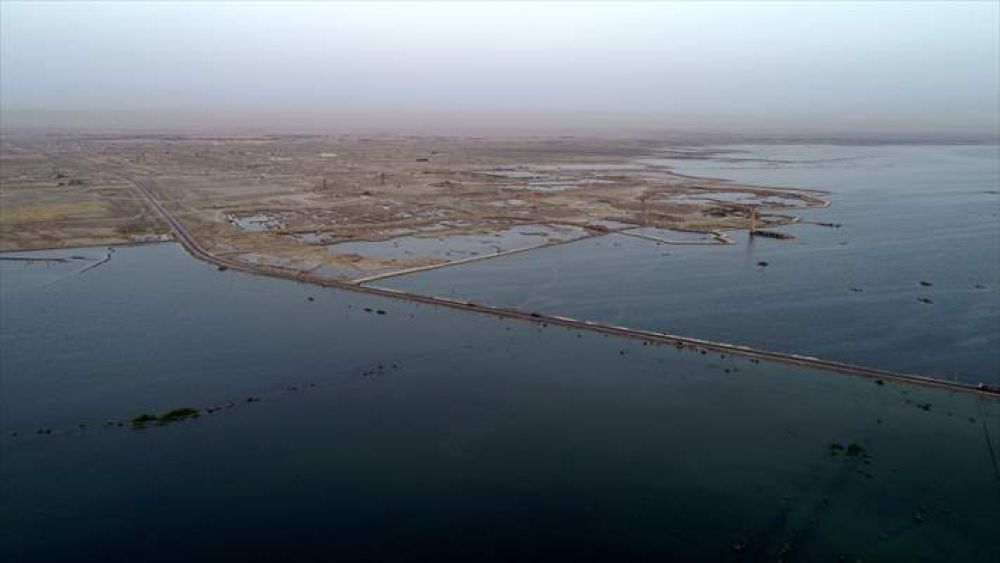

Najaf, known for its spiritual significance and rich history, is a city in central Iraq that is regarded as a center of Islamic learning and culture. One of the less known but fascinating aspects of Najaf is the Bahr al-Najaf, also known as the Najaf Sea. Despite what its name suggests, Bahr al-Najaf is not a sea but a vast expanse of salt desert located to the west of Najaf city.
While Bahr al-Najaf may not have been traditionally associated with tourism in the historical sense, it holds geological and cultural importance. Geologically, it is a remnant of an ancient sea that covered the region millions of years ago. The salt flats are rich in marine fossils, offering a unique window into the prehistoric marine life of the region. Culturally, it carries many legends and is often featured in local folklore and poetry.
Tourism in Najaf has primarily centered around religious pilgrimages, with millions of Muslims visiting the Imam Ali Shrine annually. However, there has been a gradual increase in interest towards the natural and historical aspects of Najaf, including the Bahr al-Najaf. Tourists can explore the vastness of the area and its unusual landscape that stands in stark contrast with the city's bustling environment.
Recent trends in Najaf's tourism have seen a push towards diversifying attractions beyond religious sites. This includes promoting the geological and ecological significance of areas like the Bahr al-Najaf. Efforts are being made to offer tours that focus on the natural beauty and scientific interest of the salt flats.
For scholars and geologists, the area is a treasure trove for research and discovery. Tourists are drawn by the scenery of the salt formations and the solitude of the desert. Moreover, the local government sees potential in eco-tourism and has discussed plans to develop the site with minimal ecological impact.
In summary, Bahr al-Najaf, with its stark beauty and ancient origins, offers a unique destination for tourists looking for an experience beyond the urban and historical attractions of Najaf. It contributes to the rich tapestry of tourism experiences in the region, appealing to those interested in spirituality, history, and nature alike.
As Iraq continues to stabilize and improve its infrastructure, there is potential for tourism to expand and diversify. With proper investment and promotion, Bahr al-Najaf could become a key feature in Iraq's tourism, drawing visitors both for its aesthetic splendor and scientific appeal. Nevertheless, any development should prioritize sustainability to protect the integrity of the desert's ecosystem.
Due to the arid and remote nature of the Bahr al-Najaf, visitors are advised to plan their trip carefully. The best time to visit is during the cooler months, and it is essential to have a knowledgeable guide, adequate supplies, and transportation arranged in advance. Tourism facilities in the area are still developing, so visitors should manage their expectations regarding amenities.